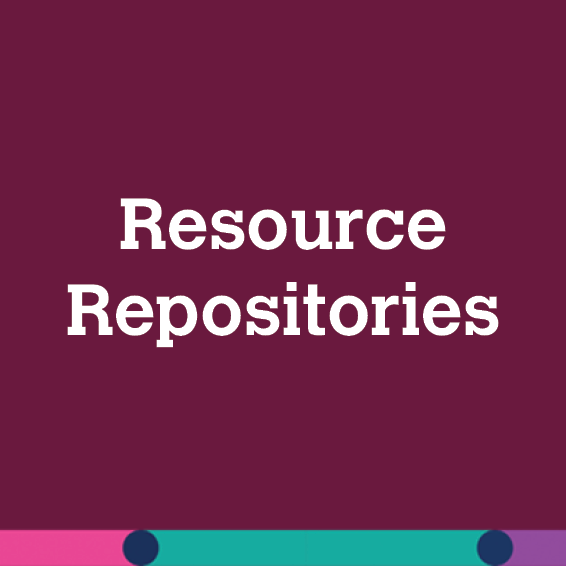CDI Resource Spotlight
NAVIGATION
 The California Dyslexia Initiative (CDI) is dedicated to sharing free, vetted resources to advance the understanding of dyslexia. CDI highlights resources and additional repositories of information each month that support professional learning, provide screeners and assessments to identify students at risk for dyslexia, and help educators effectively teach struggling readers and students with dyslexia.
The California Dyslexia Initiative (CDI) is dedicated to sharing free, vetted resources to advance the understanding of dyslexia. CDI highlights resources and additional repositories of information each month that support professional learning, provide screeners and assessments to identify students at risk for dyslexia, and help educators effectively teach struggling readers and students with dyslexia.
Check back monthly or sign up for the CDI listserv to receive these monthly resource spotlights and quarterly newsletters by email. Previously featured resources can be found on the CDI Group page on the California Educator's Together website. (It’s completely free; just create an account to log in and join the group.)
October 2023 Resources

Professional Learning
California Dyslexia Guidelines
The California Dyslexia Guidelines, published by the California Department of Education, is a comprehensive handbook created to support educators and parents as they work to support students with dyslexia in the classroom. The guidelines include information on what dyslexia is, how it affects student learning, and how to support students struggling with it in the classroom.
What do we know about what's different in the brain of a person with dyslexia?
In this video from the National Center on Improving Literacy, Guinevere Eden, Ph.D., describes the use of magnetic resonance imaging to identify differences in the brains of individuals who have dyslexia.
Kelli Sandman-Hurley: What is Dyslexia?
In this TED-Ed video presentation, Kelli Sandman-Hurley, Ed.D., discusses the concept of neurodiversity and its connection to dyslexia; in addition, she includes a simulation allowing viewers to experience what it feels like to have dyslexia.
The University of California and California State University’s California Collaborative for Neurodiversity and Learning created a series of e-learning modules aligned with the California Dyslexia Guidelines to support student literacy development. Modules currently available are an Introduction to Dyslexia, Dyslexia and the Brain, and Screening and Assessment for Dyslexia.

Screeners and Assessments
IDA Universal Screening: K–2 Reading
In the International Dyslexia Association’s fact sheet entitled “Universal Screening: K–2 Reading,” the authors discuss the importance of implementing universal screening in the primary grades in order to identify students who are at risk for reading difficulty.
RTI Action Network: RTI-Based SLD Identification Toolkit
This “RTI-Based SLD Identification Toolkit” from the RTI Action Network is a detailed resource of best practices to be used when implementing an RTI-based approach to the identification of a Specific Learning Disability. Included in the toolkit are requirements for meeting federal criteria and case studies.
IDA: Effective Reading Instruction for Students with Dyslexia
In the International Dyslexia Association’s fact sheet entitled “Effective Reading Instruction for Students with Dyslexia,” the authors discuss both the elements of Structured Literacy instruction, including phonology, morphology, and syntax, as well as the principles guiding the way in which these elements are to be taught.

Instruction and Intervention
Teaching Reading is Rocket Science: What Expert Teachers of Reading Should Know
In the American Federation of Teachers’ “Teaching Reading Is Rocket Science, 2020: What Expert Teachers of Reading Should Know and Be Able to Do,” Lousia Moats, Ed.D., discusses key knowledge, grounded in the science of reading, that educators must have in order to successfully teach their students how to read.
CDI: Expert Webinar Series (Barbara Wilson)
In the webinar, “Understanding Dyslexia: Overview of Structured Literacy Instruction & the Updated IDA Graphic,” from the California Dyslexia Initiative, expert Barbara Wilson explores the why, who, what, and how of Structured Literacy instruction. She takes a deep dive into instructional content, including foundational skills, comprehension, and composition, and the way in which Structured Literacy is effectively taught.
In the article “Identifying and Teaching Students with Significant Reading Problems,” Dr. Sharon Vaughn from the University of Texas at Austin and Dr. Jack Fletcher from the University of Houston explore how teachers can use screening, progress monitoring, and tiers of instruction to provide customized reading intervention for struggling readers and students with dyslexia in their classrooms.

Resource Repositories
This Resource Library from the Haskins Global Literacy Hub connects parents and educators to videos, podcasts, webinars, and lectures about early, developing, and advanced readers, with all content based in the Science of Reading.
Reading Universe’s website, produced by WETA/Reading Rockets, the Barksdale Reading Institute, and First Book, provides videos, articles, lesson plans, and resources focused on various topics related to literacy instruction, including phonological awareness, phonics, fluency, and comprehension.
International Dyslexia Association
The International Dyslexia Association (IDA) website contains an abundance of information on dyslexia for families and professionals, including fact sheets, webinars, FAQs, and success stories.
Texas Center for Learning Disabilities
This Resource Library from the Texas Center for Learning Disabilities contains a variety of materials, including lesson plans, journal articles, and presentations from experts and researchers that are centered on topics related to literacy, including dyslexia, Specific Learning Disabilities, and Response to Intervention.